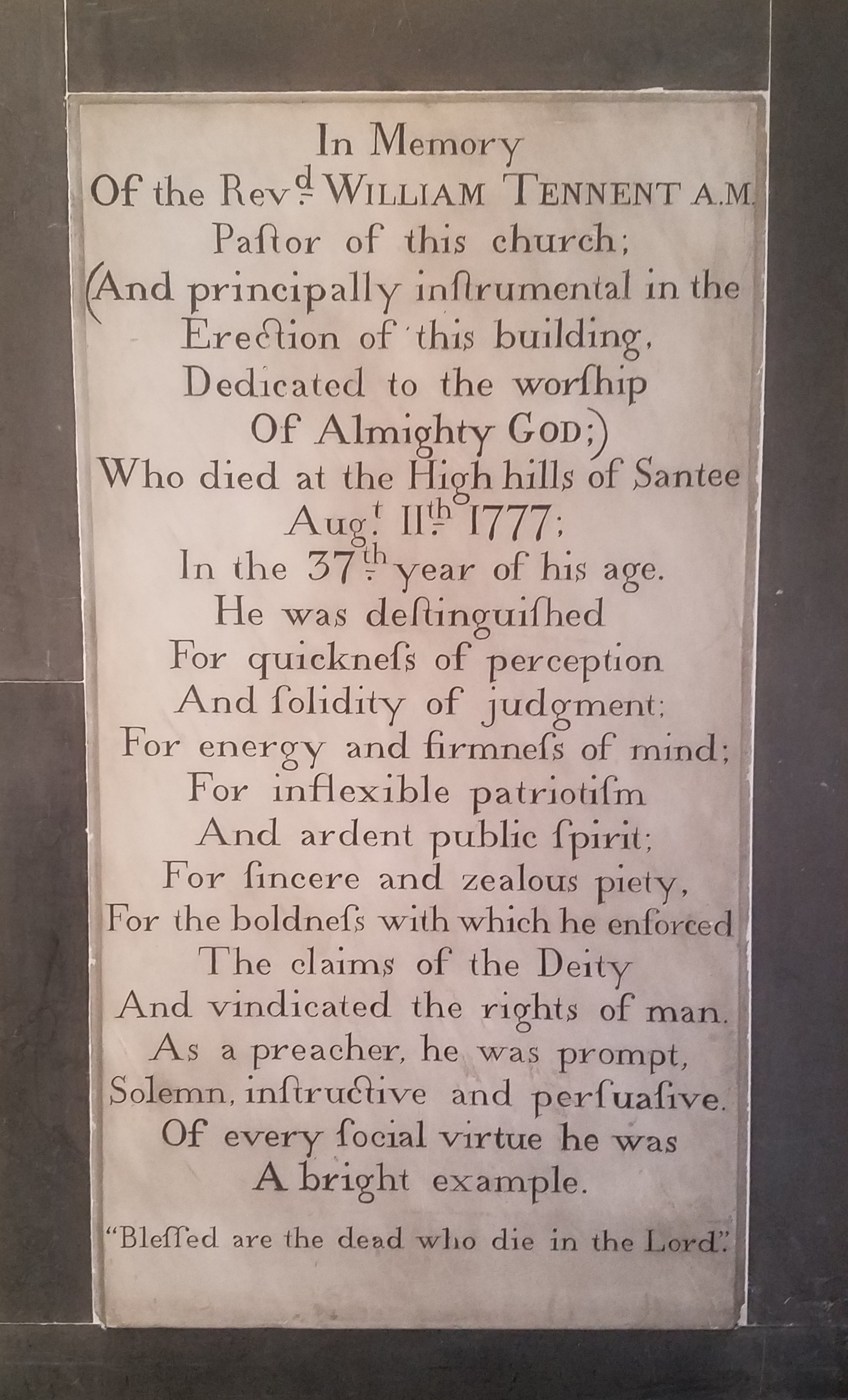Charleston, South Carolina is a city famous, among other things, for its historic churches. A walking tour of the city, especially along Meeting Street, offers the opportunity to travel through time as it were and explore places of worship and graveyards that continue to testify to the faith of our forefathers.
This writer had such an opportunity recently and was privileged to visit such churches in Charleston and the surrounding vicinity. A trip to Elmwood Cemetery, Columbia, SC, was part of the experience as well, where John Lafayette Girardeau, James Henley Thornwell and George Andrew Blackburn were laid to rest between 100 and 150 years ago.
Having consulted several resources beforehand — Erskine Clarke, Our Southern Zion: A History of Calvinism in the South Carolina Low Country, 1690-1990; Charles E. Raynal, Johns Island Presbyterian Church: Its People and Its Community From Colonial Beginnings to the Twenty-First Century; George Howe, History of the Presbyterian Church in South Carolina; and Joanne Calhoun, The Circular Church: Three Centuries of Charleston History — I made my way first to the Johns Island Presbyterian Church (founded in 1710, its building dates to 1719 — three hundred years ago now). As with many of the churches I toured, the graveyard is an ever-present Memento mori. Next on the tour was the James Island Presbyterian Church (founded in 1706). Both of these churches were established by Archibald Stobo, a Presbyterian pioneer who also founded the first presbytery in the Western Hemisphere, as well as in the southern United States. He established other churches in the area which I do hope to visit on a future tour.
In Charleston proper, my walking tour began with a visit to the Unitarian Church, which began its existence in 1774 as the Archdale Street Meeting House, founded by Dissenters who branched off from what we know now as the Circular Congregational Church, originally a mixed Independent and Presbyterian Church, itself founded in 1685. William Tennent III (grandson of the founder of the original Log College) is buried on the grounds of the Unitarian Church, though he was no Unitarian. The fan vault ceiling is modeled after the one at King’s College Chapel, Cambridge.
Next, was the First Scots Presbyterian Church on Meeting Street (founded in 1731). It was another breakaway from the Circular Congregational Church, by a decidedly Presbyterian group. George Buist is buried in the church graveyard.
Further along Meeting Street is the Circular Congregational Church, a remarkable architectural and spiritual landmark, where I paid my respects at the graves of David Ramsay and Benjamin Morgan Palmer (1781-1847).
After this, I visited the Second Presbyterian Church of Charleston (founded in 1811), where I was given a tour of the sanctuary and the graveyard (Thomas Smyth and John Bailey Adger are laid to rest there).
Also on my tour I worshiped at the Independent Presbyterian Church of Savannah, Georgia (founded in 1755). At each stop along the way, I was reminded that the past is not dead, and American Presbyterians are not irrelevant. The old Presbyterian history of the South Carolina lowcountry is very much alive for those with eyes to see.





